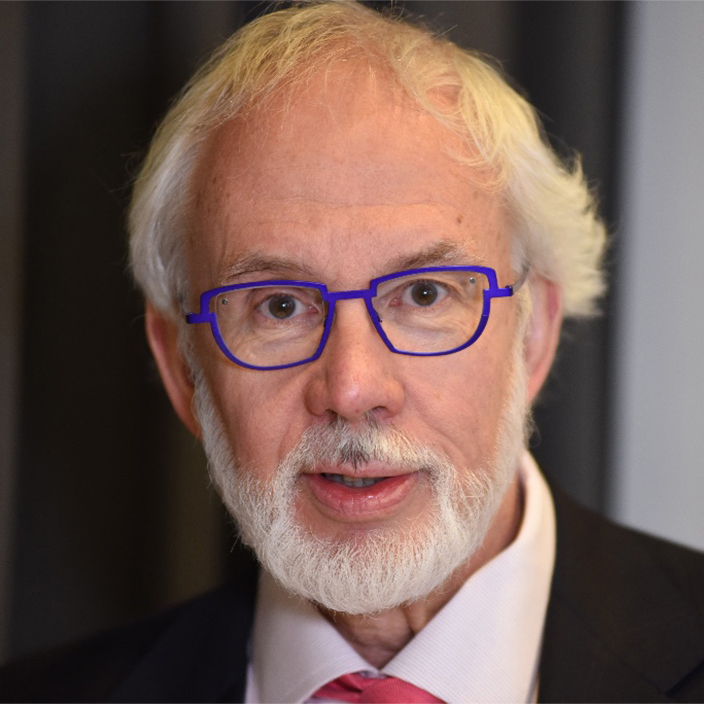Amidst the evolving landscape of ESG (environmental, social, and governance) practices in both the U.S. and Europe, companies are caught in a challenging dilemma. U.S. firms, especially those with significant European operations, are pulled in different directions: Urged to reduce their ESG efforts by some vocal stakeholders in the U.S., while in Europe they face increasing regulatory demands. This transatlantic disparity creates a haze of complexity. But there’s a beacon of clarity through this storm: the corporate “statement of purpose.”
In the U.S., debates around the “ESG political divide” have intensified since BlackRock’s chair, Laurence Fink, discussed multi-stakeholder purpose and profitability in 2018 (“A Sense of Purpose”) and 2019 (“Purpose and Profit”). Fink wrote, “Profits are in no way inconsistent with purpose — in fact, profits and purpose are inextricably linked.” This debate zeroes in on the allocation of capital for long-term value creation versus for impactful but unprofitable causes. The core of this debate, beyond the political rhetoric, is about long-term value creation for investors, rather than just trying to solve global problems without considering profitability.
Meanwhile in Europe, the “Green Deal” aims to make the continent climate-neutral by 2050, leading to new corporate reporting requirements and expectations for corporations. Through the Corporate Sustainability Reporting Directive (CSRD), a set of 12 European Sustainability Reporting Standards (ESRS) have been developed by the Sustainability Reporting Board (SRB) of the European Financial Reporting Advisory Group (EFRAG). These standards are so-called “double materiality” and include both financial materiality (what matters to shareholders) and impact materiality (what matters to the world and certain subsets of shareholders). At the same time, the International Sustainability Standards Board (ISSB) under the IFRS Foundation has issued two standards, one on general requirements and one on climate, that are grounded in financial materiality. While the ISSB and EFRAG are working to develop a “global baseline,” U.S. companies will be subject to the CSRD’s reporting requirements. The ISSB’s standards fit better for the U.S., but these will only be voluntary.
The Best Way Forward: The Statement of Purpose
In the midst of this transcontinental controversy, complexity, and uncertainty, the corporate statement of purpose still stands out as a clear path through this turbulence. Here are four reasons why and four examples.
Building a Corporate Purpose
Clarity on corporate outcomes
The statement, ideally one to two pages long, allows the board to specify, clearly and succinctly, how the company is generating profitable solutions for society and the environment, and how it’s minimizing negative impacts.
Identification of stakeholders
A straightforward purpose statement points out the main groups or individuals that help the company succeed. By directing resources and support toward these essential partners, companies can better demonstrate how addressing social and environmental challenges positively impacts the bottom line. This is not to be confused with the much-derided “stakeholder capitalism,” whose critics claim that identifying key stakeholders for material issues detracts from profitability. The truth is quite the opposite.
Creating value for investors
Since 2015, Calvert Research and Management’s Principles for Responsible Investment have provided a strong framework for why environmental, social, and governance factors matter. They articulate how managing material ESG factors can serve as a roadmap for corporations to drive and influence long-term value creation. A corporate statement of purpose can help responsible investors see the link between key value-creating stakeholders (i.e., employees, communities, or customers) and the allocation of capital that drives long-term value.
Navigating regulatory differences
Companies operate within different political and regulatory contexts, especially between Europe and the U.S. A statement of purpose can guide them in enacting their corporate objectives, capital allocation policies, and value-creating impact reporting regardless of the jurisdiction. Some companies are already doing this.
Four Global Examples From Sustainability-Challenged Industries
In 2020 with Leo Strine, we suggested a pathway for putting purpose into action. We called for every company to publish a stakeholder-inclusive statement of purpose by 2025. Here are a few new examples of companies in sustainability-challenged industries that articulate a multi-stakeholder corporate purpose that clearly links capital allocation and long-term value creation:
Tobacco
Philip Morris International’s (PMI’s) board-issued statement of purpose guides capital allocation in the transformation of the company. PMI has pledged to transition to a tobacco combustion–free future product mix and its statement of purpose is useful for signaling that to investors.
Natural gas
EQT Corp’s CEO-issued guiding purpose is to provide energy security to the world and lower global emissions.
Mining
BHP’s purpose is to bring people and resources together to build a better world through a strategy to deliver long-term value and investor returns through the cycle.
Beverages
Coca Cola’s CEO-issued purpose is to refresh the world and make a difference, and links to value creation, capital allocation, and growth strategy.
While not all stakeholders may agree with these statements of purpose, these companies have clearly defined how they will deliver profitable solutions for people and planet.
SUBSCRIBE TO OUR NEWSLETTER
Subscribe our newsletter to receive the latest news, articles and exclusive podcasts every week


